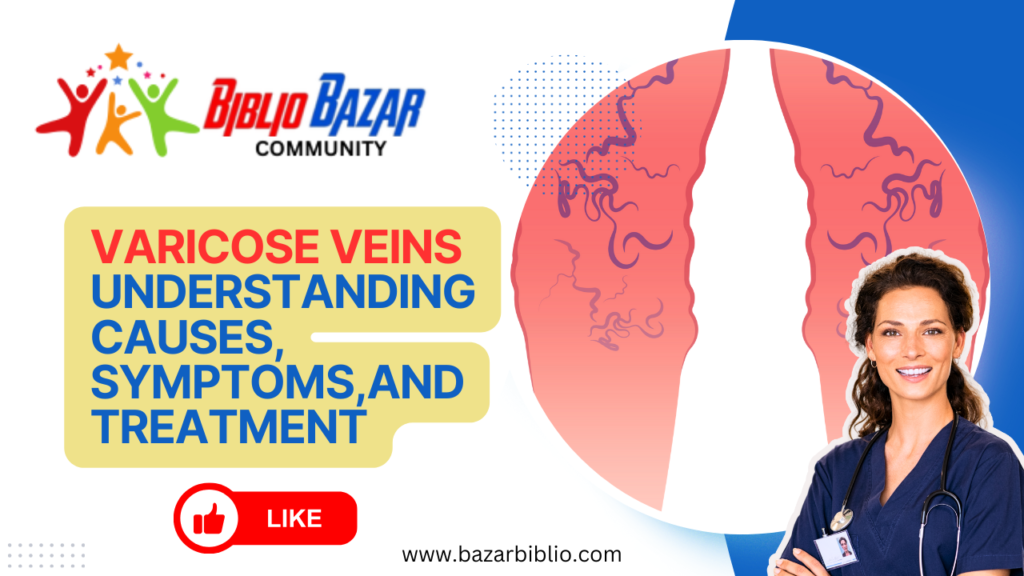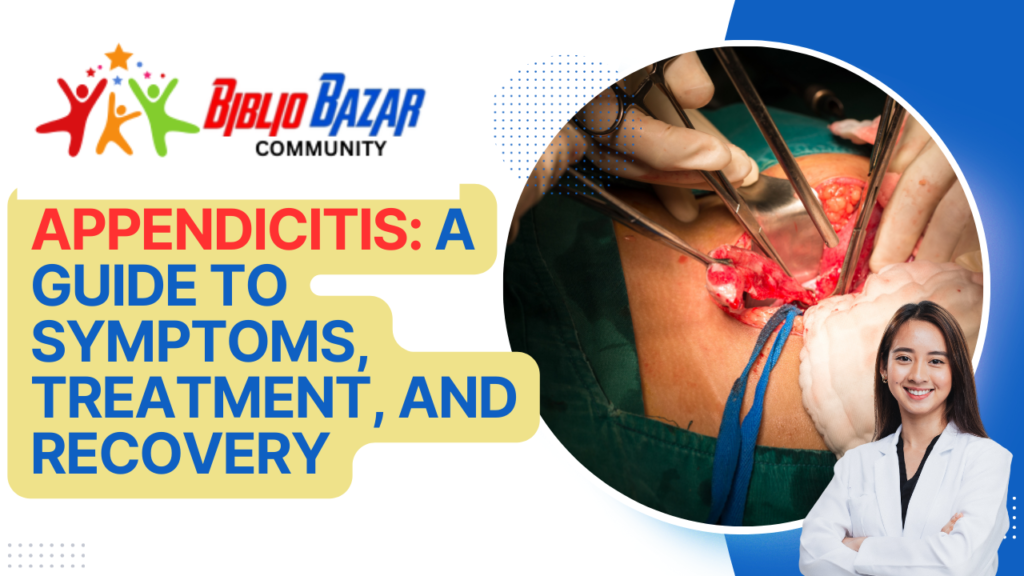
Varicose veins are a common condition that affects millions of people worldwide. These are enlarged, twisted veins that are most commonly found in the legs and feet. Although they are often considered a cosmetic issue, varicose veins can lead to discomfort and more serious health problems if left untreated. In this blog post, we’ll explore the causes, symptoms, treatment options, and prevention strategies for varicose veins, along with frequently asked questions to help you better understand this condition.
What Are Varicose Veins?

Varicose veins occur when the veins become enlarged, dilated, and overfilled with blood. This usually happens due to weakened or damaged valves in the veins, which are responsible for ensuring that blood flows in one direction towards the heart. When these valves fail, blood can pool in the veins, causing them to swell and become varicose. Varicose veins are most commonly found in the legs and feet due to the increased pressure in these areas from standing and walking.
Causes and Risk Factors

The exact cause of varicose veins is not fully understood, but several factors can increase the risk of developing them. These include:
- Age: As we age, the valves in our veins may become weaker, leading to varicose veins.
- Gender: Women are more likely to develop varicose veins, partly due to hormonal changes during pregnancy, menopause, and the use of birth control pills.
- Family History: If other members of your family have varicose veins, there is a higher chance that you may develop them as well.
- Obesity: Excess weight adds pressure to the veins, which can lead to varicose veins.
- Prolonged Standing or Sitting: Occupations that require long periods of standing or sitting can increase the risk of varicose veins.
- Pregnancy: During pregnancy, the volume of blood in the body increases, which can cause veins to enlarge. The growing uterus also puts pressure on the veins.
Symptoms of Varicose Veins

The symptoms of varicose veins can vary depending on the severity of the condition. Common symptoms include:
- Visible, twisted, and swollen veins, often appearing blue or dark purple
- Leg pain or a feeling of heaviness in the legs
- Swelling in the lower legs
- Burning, throbbing, or aching in the legs
- Itching around the veins
- Muscle cramps, especially at night
- Skin discoloration around the affected veins
In more severe cases, varicose veins can lead to complications such as ulcers, blood clots, and bleeding.
Treatment Options
There are several treatment options available for varicose veins, ranging from conservative measures to more invasive procedures:
- Lifestyle Changes: Simple lifestyle modifications can help improve circulation and relieve symptoms. These include exercising regularly, maintaining a healthy weight, avoiding long periods of standing or sitting, and elevating your legs when resting.
- Compression Stockings: Wearing compression stockings can help reduce the pooling of blood in the veins and relieve symptoms such as pain and swelling.
- Sclerotherapy: This involves injecting a solution directly into the varicose veins, causing them to close and eventually fade away.
- Laser Treatment: Laser treatment uses light energy to close off smaller varicose veins.
- Endovenous Laser Therapy (EVLT) and Radiofrequency Ablation (RFA): These are minimally invasive procedures that use heat to close off affected veins.
- Vein Stripping and Ligation: In severe cases, surgery may be required to remove the affected veins.
Surgical Management
In cases where varicose veins cause significant discomfort or lead to complications, surgical intervention may be necessary. Surgical options include:
- Ligation and Stripping: The affected veins are tied off and removed through small incisions.
- Ambulatory Phlebectomy: This procedure involves removing the varicose veins through small punctures in the skin.
- Endoscopic Vein Surgery: A tiny camera is used to guide the removal of veins.
These surgical procedures are generally safe and effective, with a low risk of complications.
Nursing Care Plan
Nursing care for patients with varicose veins focuses on managing symptoms, preventing complications, and promoting recovery. Key aspects of nursing care include:
- Educating patients on lifestyle changes to improve circulation, such as regular exercise, weight management, and avoiding prolonged standing or sitting.
- Monitoring the patient’s response to treatment and providing wound care if necessary.
- Ensuring proper use of compression stockings and educating the patient on their benefits.
- Assessing for signs of complications like ulcers or blood clots and providing appropriate interventions.
- Providing pain management and psychological support to help the patient cope with the condition.
Varicose veins can significantly impact the quality of life, but with the right care and treatment, symptoms can be managed effectively. If you are experiencing symptoms of varicose veins, it is important to consult a healthcare professional for an accurate diagnosis and appropriate treatment.
Subscribe to us for more informative content like this and visit bazarbiblio.com for notes and free PDF books. Thank you!
Frequently Asked Questions (FAQs)
- What are varicose veins?
Varicose veins are swollen, twisted veins that are visible just under the surface of the skin, most commonly on the legs and feet. - What causes varicose veins?
Varicose veins are caused by weakened or damaged valves in the veins, which lead to blood pooling and vein enlargement. - Are varicose veins dangerous?
While they are often a cosmetic concern, varicose veins can lead to complications like ulcers, blood clots, and bleeding if left untreated. - Can varicose veins go away on their own?
Varicose veins typically do not go away on their own and may worsen over time. Treatment can help alleviate symptoms and prevent complications. - What are the treatment options for varicose veins?
Treatment options include lifestyle changes, compression stockings, sclerotherapy, laser treatment, and surgical procedures such as vein stripping and ligation. - How can I prevent varicose veins?
Preventive measures include regular exercise, maintaining a healthy weight, avoiding prolonged standing or sitting, and elevating your legs when resting. - Is varicose vein surgery painful?
Varicose vein surgery is generally well-tolerated with minimal discomfort, and recovery times are relatively short. - Can varicose veins return after treatment?
While treatment can effectively remove varicose veins, new veins may develop over time, especially if underlying risk factors are not addressed. - Are varicose veins hereditary?
Yes, there is a genetic component to varicose veins, and a family history of the condition increases your risk. - When should I see a doctor about varicose veins?
You should see a doctor if you experience significant pain, swelling, or other complications, or if the appearance of varicose veins concerns you.
Discover more from Bibliobazar Digi Books
Subscribe to get the latest posts sent to your email.


